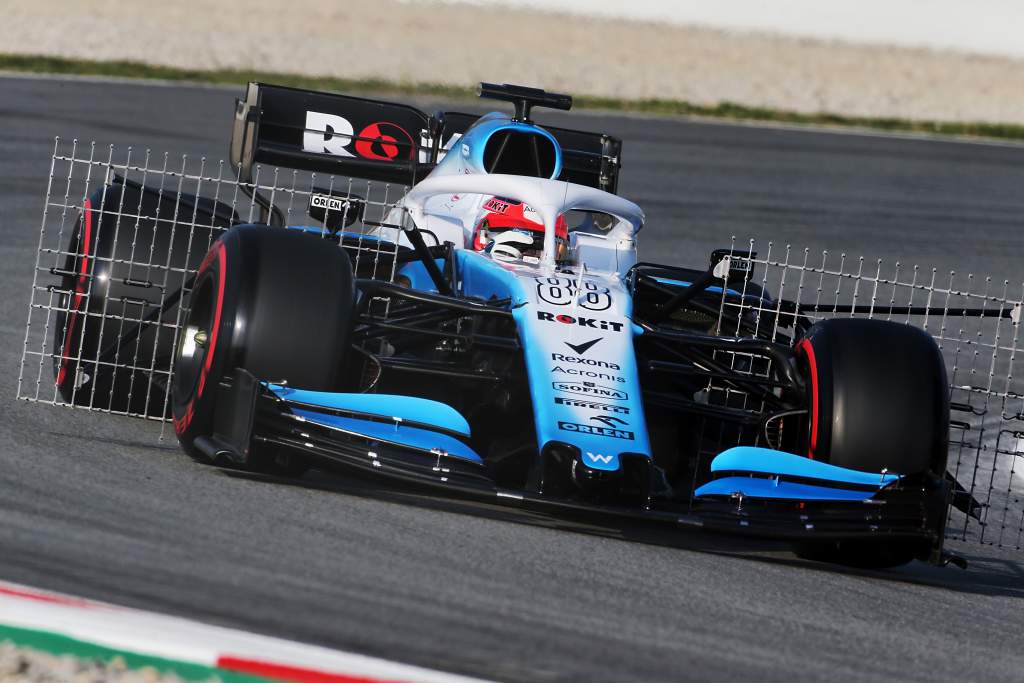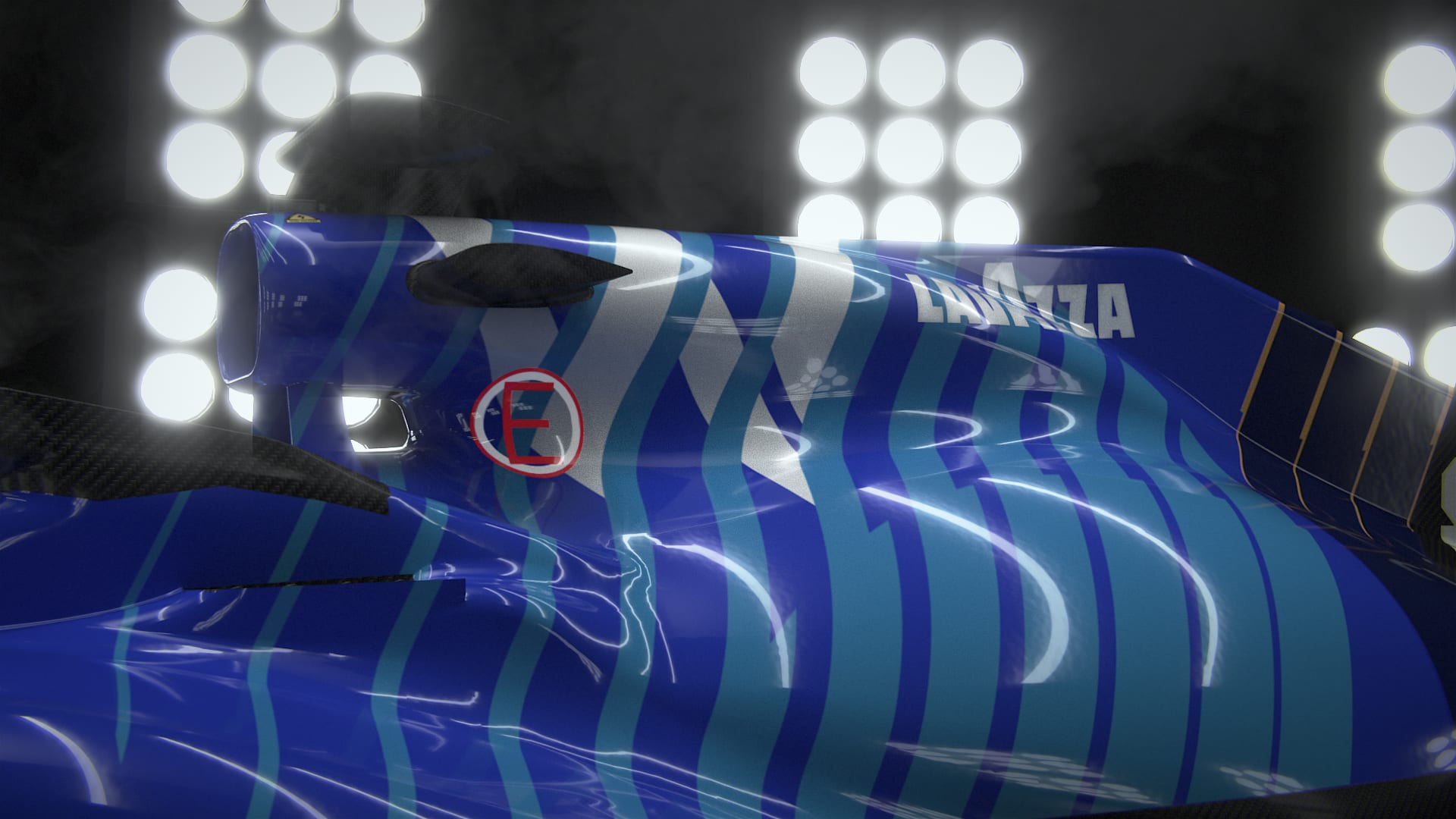Up Next

Two years ago, Williams couldn’t get its Formula 1 car ready for the start of pre-season testing. The initial design turned out to be illegal. And the car was hopelessly off the pace.
This year it was the second team to hit the track with its 2021 car in an early shakedown. It has “a few options” in terms of aerodynamic packages to take to pre-season testing in Bahrain with a view to introducing an upgrade at the very first race. Its cars are ready to go, its stock of parts is high, its expectation is to be competitive in the F1 midfield.
In short, Williams doesn’t look like a team that has finished last in the championship three years in a row.
“It’s been busy, but we’re in really good shape,” says team principal Simon Roberts, who joined Williams from McLaren last year and then replaced father-daughter duo Frank and Claire Williams in charge when Dorilton Capital purchased the team and the family stepped aside mid-season.
“I’ve never done a car build like this, where we’ve actually been able to build all the chassis before they go in the freight, we’ve done a shakedown, we’ve done the filming. It’s all gone to plan.
“It’s really, really nice to be able to tick everything off. All those things that you put in your plan and don’t always get to do, we’ve actually done it all.
“So, really, really pleased. It’s been a great team effort.”

If we take pre-season testing in 2019 (pictured above) as Williams’s nadir, the bulk of its work to recover was done in the 18 months that followed.
The team restructured, it rejigged its financial arrangements, it built a much better 2020 car, and the family finally opted to sell to Dorilton Capital. All the building blocks were being put in place and Williams was upwardly mobile again.
Now it is going into the 2021 season in fine health, excited, and with legitimate expectations of holding its own, rather than underachieving. Any lingering damage from the winter of 2018/19 looks like it’s now been undone.
Thanks to Dorilton’s £100m injection of capital over the last few months, Williams is a long way from creaking under the financial strain that is holding back its ‘Class C’ rival Haas. Its development strategy was vindicated by its progress in 2020 and its confidence is clear in the decision not to abandon 2021 and focus entirely on 2022.
Part of this is down to the team not having to build an all-new car. With every team needing to carry over most of its 2020 design, except for aerodynamic changes and one or two mechanical updates depending on how they spent their tiny development allowance, the off-season was unusual.
Handled correctly, it did not need to be as hectic as normal. Williams isn’t giving off the impression of a team that found itself in a race against time. It’s the opposite. And it has used the ‘gift’ of the carry-over to full effect on its FW43B, which has benefitted from the team’s engineers breaking it down, improving it, and rebuilding it to a level they don’t usually get the chance to do.

“Under the skin of the car, there’s been a huge amount of work done, and a lot of tidying up,” says Roberts.
“Because it is a carryover and homologation it gives everyone a second or third chance to go around their components. And we haven’t missed a single opportunity.
“We’ve taken weight wherever we can. Some things are homologated but there’s still plenty of opportunity.
“And compared to where we were last year when we started – we worked really, really hard last year, and managed to get the car where it needed to be from a weight point of view. It’s really good to be able to start this year with ballast on the car.
“That’s great, it gives us some scope for upgrades, it gives us some scope to move weight distribution around within regulations.
“It’s just one of those things we just don’t have to worry about anymore. It’s a great foundation for the year ahead.”
But the carry-over isn’t responsible, for instance, for Williams having the financial, technical, and human resources to maintain some 2021 development while a separate group focuses on next year’s FW44, which will be tasked with an even bigger step in Williams’s recovery.
“We created, at the back end of last year, a small team just looking at the 43B, and another team looking at the 44,” says Roberts.
“That’s enabled us to really make sure we don’t cross-contaminate, we get equal share of resources and we don’t miss an opportunity on the 44.
“It is a balancing act. It’s going to be quite dynamic, a lot of it will depend on how our car performs. If we can see progress and if we think there’s things we can do to get some early performance on the car, then we’re going to go for it, but not lose sight of what we’re trying to do with the 44.”
Not that long ago, this team was still only surviving. Now Williams looks like a team with ambition again.
In isolation, there is nothing special about an F1 team shaking down its new car early, having a clean chassis build with all the cars ready to go, getting it under the weight limit, ensuring upgrades are designed and built for testing, and with a big enough stockpile to not worry (at this stage) about spares.
Put them all together though, and you have the makings of an excellent off-season.

There is a lot more work to come before Williams is ready to achieve its goal of fighting for wins and titles again. But this is a sign that Williams has re-established itself as a proper, well-prepared F1 team primed to maximise its opportunities.
Its recovery from a time it looked the exact opposite is now complete.





